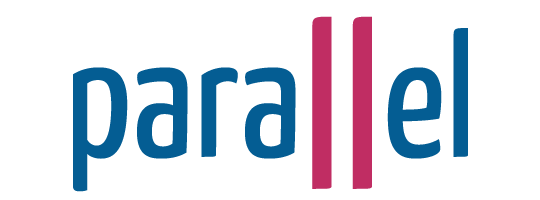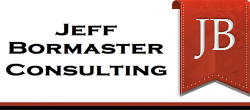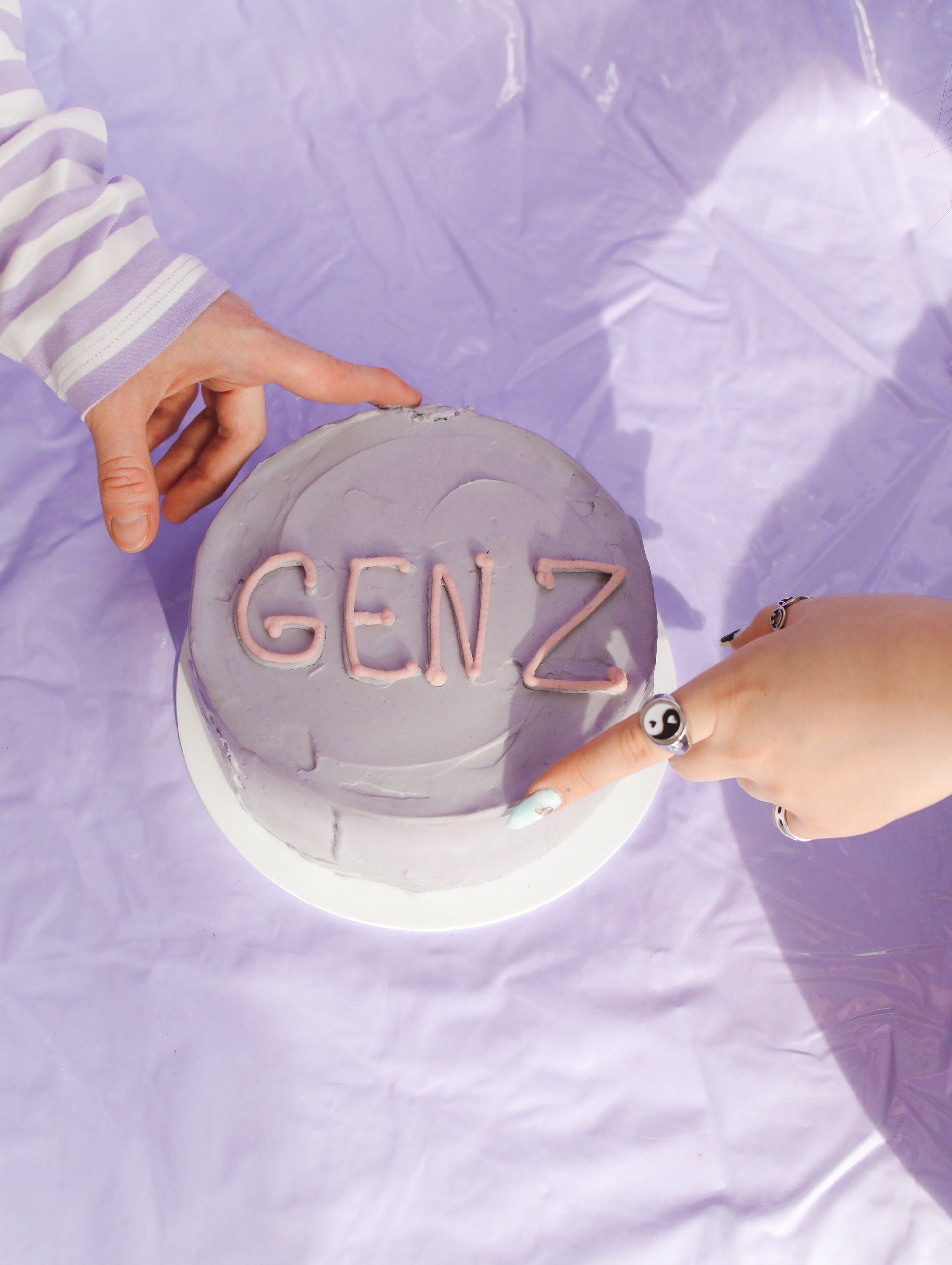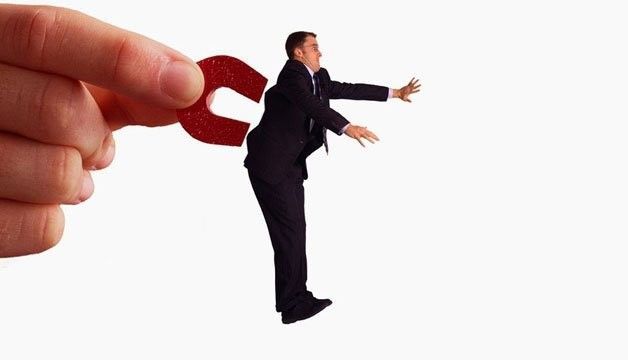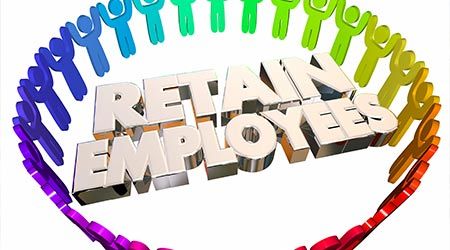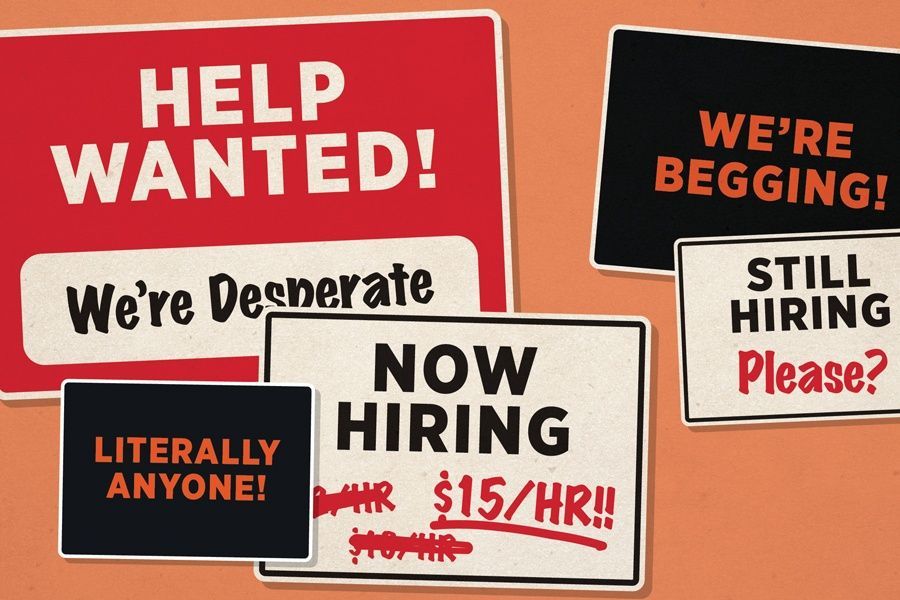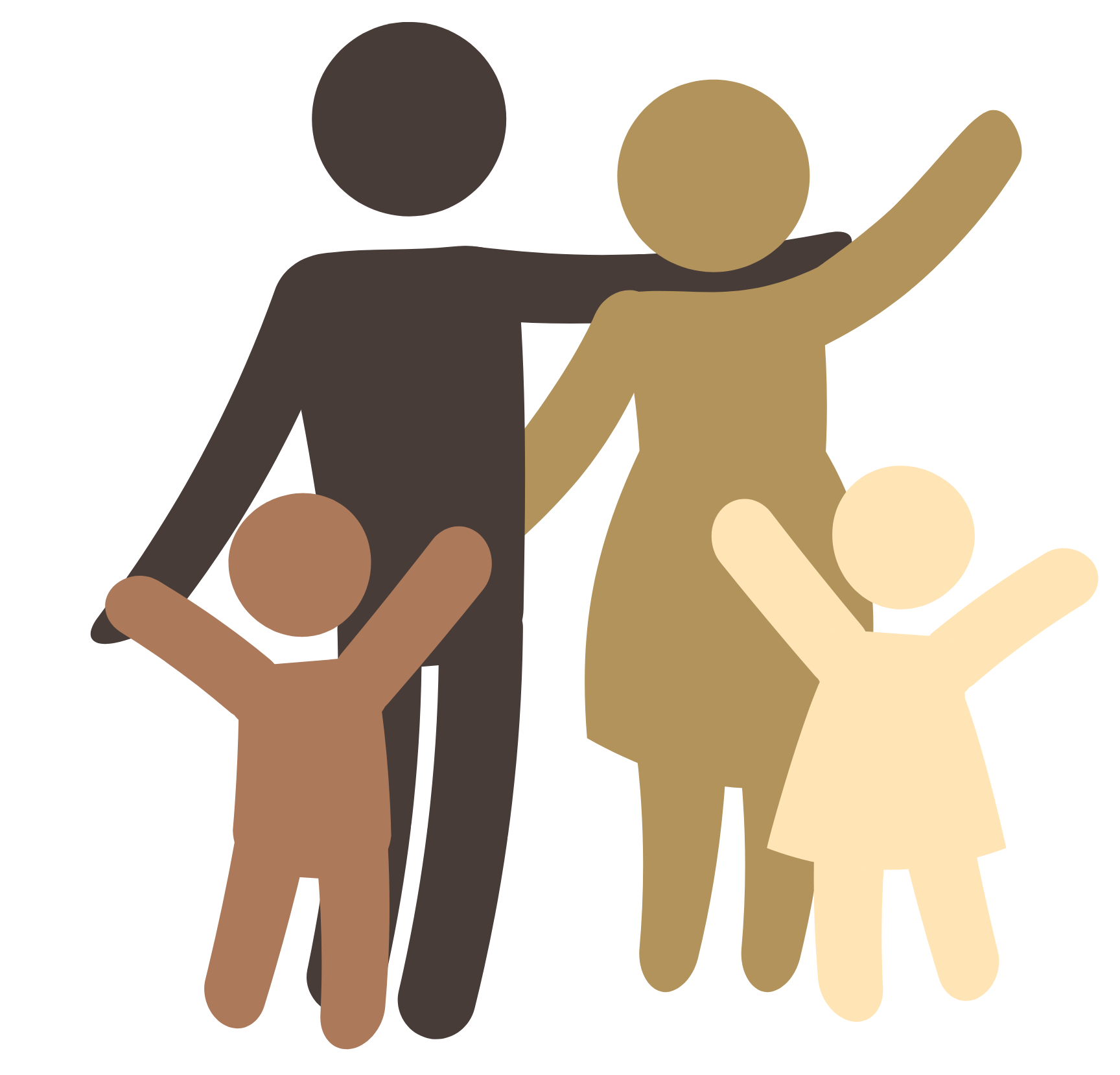
In the February 2014 issue of Leading Outside the Box I explained why our human services interventions are not working with 20% of our clients. I tried to help readers understand that a behavior compliance model may work for 80% of our clients, but its not working for the other 20%. This other 20% are the clients who are consuming 80% of our time and resources (money, staff, etc.). If we want to achieve costs reductions in human services, then we need to begin to intervene with the 20% in a different model; moving away from compliance through use of consequences, sanctions, punishments, or whatever other name you want to give to the act of imposing negative actions on a client for misbehaving.
For this 20% noncompliance is not an issue of “will” (personal motivation) but an issue of “able” (not possessing the executive functioning skills necessary to comply).
If we can identify a different way of working with this 20% and achieve success, we can both save resources, increase our program success, and, in the end, help these clients become successful themselves – which is our ultimate goal.
The Pareto principle (also known as the 80–20 rule) states that, for many events, roughly 80% of the effects come from 20% of the causes. Business management consultant Joseph M. Juran suggested the principle and named it after Italian economist Vilfredo Pareto, who observed in 1906 that 80% of the land in Italy was owned by 20% of the population; Pareto developed the principle by observing that 20% of the pea pods in his garden contained 80% of the peas.
It is a common rule of thumb in business; e.g., “80% of your sales come from 20% of your clients”. [80-20 is an approximate not an absolute].
In health care in the United States, 20% of patients have been found to use 80% of health care resources.
CareOregon, a Portland managed care organization for Oregon Health Plan patients initiated a pilot project to focus on high cost health care plan members. The team focuses on the 25 percent of CareOregon adult patients who account for 83 percent of the spending last year — $311M.
This month I want to introduce readers to a different way of working with that 20% that is not “willing” but “able.”
In Human Services our first response to unacceptable behavior is to punish it under the belief that if the negative consequence is significant enough to the client that the client will stop the unacceptable behavior. This works with the 80%, but not the 20%.
Our second response is to medicate, to use medication to stop the unacceptable behavior. For example, if I am depressed I get an antidepressant prescribed. The antidepressant does not treat the depression, if simply masks it while I am using it. For decades we have given Ritalin to children who are hyperactive – to calm them down. The problem is when you remove the medication the underlying problem still exists.
In Human Services our primary federal funding for treatment comes from the federal Substance Abuse and Mental Health Services Administration (SAMHSA). Therapeutic treatment dollars for child welfare, for example, are SAMHSA dollars.
What I propose is a mental health “recovery” model.
The concept of recovery in our world began with the treatment of alcoholics. Decades ago when I was hired to run an outpatient substance abuse treatment program what I saw was a model that said if you used while in treatment it was an indication you were not ready and they kicked the client out. I spent time with the treatment staff to help them learn that recovery is not an event (completion of 28 days) but a process. What we know is relapse is part of the recovery process and what we needed to do was not punish relapse but use it as an educational opportunity to help facilitate recovery. Underlying this recovery approach meant understanding that our role as the treatment staff was to help the client by teaching them new knowledge, skills, and tools they can use to get become “able” to get sober and stay sober, and to connect them to positive community supports so they can exit from our treatment and still have support to maintain their recovery.
What we do in successful substance abuse treatment is help the client gain the “ability” to live a sober lifestyle and become “willing” because they see more value in living sober than living as an alcoholic.
I want to recommend a similar model for us as human services providers.
A note of caution: this will be challenging for a staff that has worked in a compliance model. Most parents, foster parents, group home, and residential treatment staff believe from their personal experience that you must punish unacceptable behavior to stop it or medicate the behavior so it doesn’t show.
I must commend AA, which is the root of recovery for understanding what they say at the end of an AA meeting:” Keep coming back, it works.” They do not punish the person who relapses, but they inviting them back.
When I have presented this concept the first question I get back is, “If we don’t punish them, then they will be getting away with…”
If an explosive client hits a wall, what would your program do, after making sure his/her hand is ok? Common answers are timeout, pay a fine, fix the wall with maintenance man, lose privileges, and so on.
In a recovery model we would after making sure his/her hand is ok, we would first praise him/her for hitting the wall rather than a person. We would then recognize the behavior is a communication and ask, “can you tell me what it was that made you so angry?” Our recovery treatment goal is to help the client learn to express anger in ways that others can hear and help them and keep them from getting consequence outside the treatment environment. What we focus on is teaching knowledge, skills, and tools to the client so s/he becomes more “able” to use words to communicate.
In the trauma informed treatment work I do, I teach all behavior is communications – our job is to listen to that behavior, understand the communications, and then help the client learn other ways to communicate, not simply stop the behavior.
I believe everyone who is engaged in the human services system, whether voluntarily or involuntarily has been traumatized. If they have been traumatized, then our interventions with a resilient child, parents, family, or adult will be brief and successful (the 80%). It’s the 20% who cannot “bounce back” from trauma, who do not have the “abilities” needed to process and communicate in words, rather than actions.
So how does this alternative model – this recovery model work?
First we must work from a value or belief system that for a client to go into recovery they need new knowledge, skills, and tools to be able to live in recovery without remaining dependent of us, the service provider.
The three of the ten core principles of recovery are:
- Clients have control over their decisions. The client doesn’t choose to not hit under threat of punishment, rather the client makes a decision to not hit because s/he sees that there is a better decision.
- Our responsibility as treatment staff is to provide knowledge, skills, and tools so our clients become more “able.” Our angry client I described earlier who hit the wall would be offered a “Keeping Your Cool” course to help him learn how to express his anger.
- Our role is to empower clients. The 20% of our clients who have been traumatized and are not resilient feel a sense of powerlessness because of the system and what it is doing to them. To achieve recovery from trauma requires a recovery model of giving clients back a sense of power. That cannot happen when the treatment staff makes the rules, enforce the rules, and metes out the punishments. That simply reinforces powerlessness and results in clients trying to regain power by “not doing what we say” to show they have power. A classic example is clients in out-of-home care that run and come back, usually with a cocky attitude. What they are communicating in a recovery model, ”if you won’t empower me, I will take power in spite of you and show you.”
In this case what is awesome is the client came back. That behavior tells us something. In a recovery model we work from strengths and success. When the client hit the wall rather than person, that was a success. When the client ran and came back, that was a success. When the client in substance abuse treatment did not show for group, used, and then came back, that was strength.
Recovery is focused on building on strengths and success not punishing failures. A recovery model works from increasing “able” while not punishing “unable.”
To begin this you must first implement a parallel practice model with staff so they can then use that same model with staff. It begins with implementing Supervision for Success. This model applied to the agency and how its leadership supervises its staff. Using this model with staff sets the stage for using a parallel practice model of success focus; a recovery model with clients.
=============================================================
LEADING FROM OUTSIDE THE BOX is a monthly newsletter for human services leaders. Its purpose is to challenge your thinking and help you improve organizational and outcome performance. To receive your copy free, simply email Jeff Bormaster at [email protected] and ask to be added to the mailing list.
Feel free to share these newsletters with other human services leaders, simply include the contact information.
Are you an out-of-home provider that has completed Supervision for Success training and implementation? If yes, then you are ready to take the next step towards improved outcomes.What I am recommending is out-of-home programs redesign their approach to working with the 20% – the kids who have failed in-home services and often repeated out-of-home placements, no matter what door they came through – child welfare, mental health, or juvenile justice.
What I have learned is this alternative recovery approach for an agency that uses success focus with its staff (fully implemented Supervision for Success) sets an agency up to be successful with traumatized clients.
To begin to make this transition I recommend three steps:
One-day training for all supervisors on trauma treatment; what the organization has to do to successfully implement it, because you have to set the right organizational structure beyond Supervision for Success.
Then a one-day training for all (and I do mean all) direct-service staff not on how to work differently, but to help them “get it” that our client group is traumatized and why our compliance model does not work.
Once that is done then you do a series of meeting/training with a cross-section group on how to move the agency to a recovery model. This cross-section group includes a majority of direct-service staff and representatives of each level of supervision of the direct-service staff from residential, group home, and foster care. They must feel they are driving the process. The key is the facilitator’s skills and knowledge and the agency staying focused, rather than doing content of the month with different messages.
I have placed the two trauma trainings for all supervisors and all direct service staff on my website so you have see how these set the stage for a successful transition to a success focused recovery model.
What I think an agency can do is make this transition and begin to get the results and then bid contracts showing a significantly different model with better results as a way to win contracts from traditional compliance programs.
Recovery Principles
January 2012, Vol 43, No. 1
At a 2004 U S National Consensus Conference on Mental Health Recovery and Mental Health Systems Transformation convened by SAMHSA, patients, health-care professionals, researchers and others agreed on 10 core principles undergirding a recovery orientation:
- Self-direction: Consumers determine their own path to recovery.
- Individualized and person-centered: There are multiple pathways to recovery based on individuals’ unique strengths, needs, preferences, experiences, and cultural backgrounds.
- Empowerment: Consumers can choose among options and participate in all decisions that affect them.
- Holistic: Recovery focuses on people’s entire lives, including mind, body, spirit, and community.
- Nonlinear: Recovery isn’t a step-by-step process but one based on continual growth, occasional setbacks and learning from experience.
- Strengths-based: Recovery builds on people’s strengths.
- Peer support: Mutual support plays an invaluable role in recovery.
- Respect: Acceptance and appreciation by society, communities, systems of care, and consumers themselves are crucial to recovery.
- Responsibility: Consumers are responsible for their own self-care and journeys of recovery.
- Hope: Recovery’s central, motivating message is a better future — that people can and do overcome obstacles.
LEADING FROM OUTSIDE THE BOX is a monthly newsletter for human services leaders.
Its purpose is to challenge your thinking and help you improve organizational and outcome performance.
To receive your copy free, simply email Jeff Bormaster and ask to be added to the mailing list. Feel free to share these newsletters with other human services leaders, simply include the contact information.
You can read previous issues of Leading Outside the Box at www.jeffbormasterconsulting.com/topics
